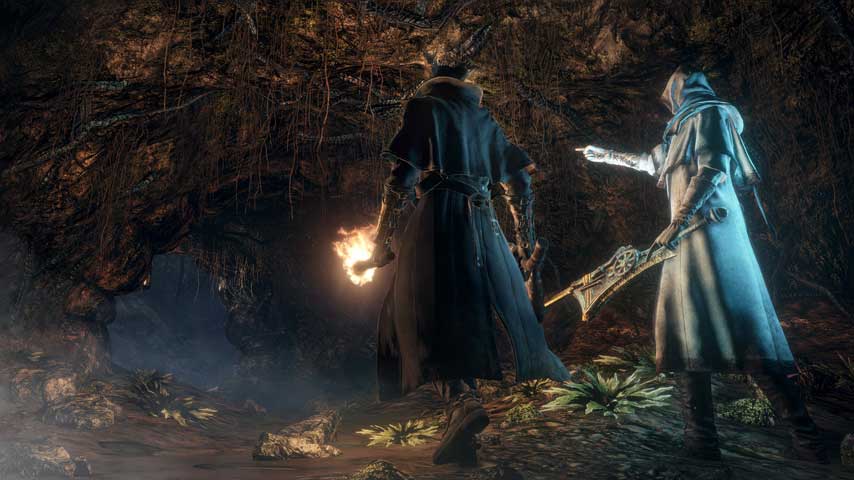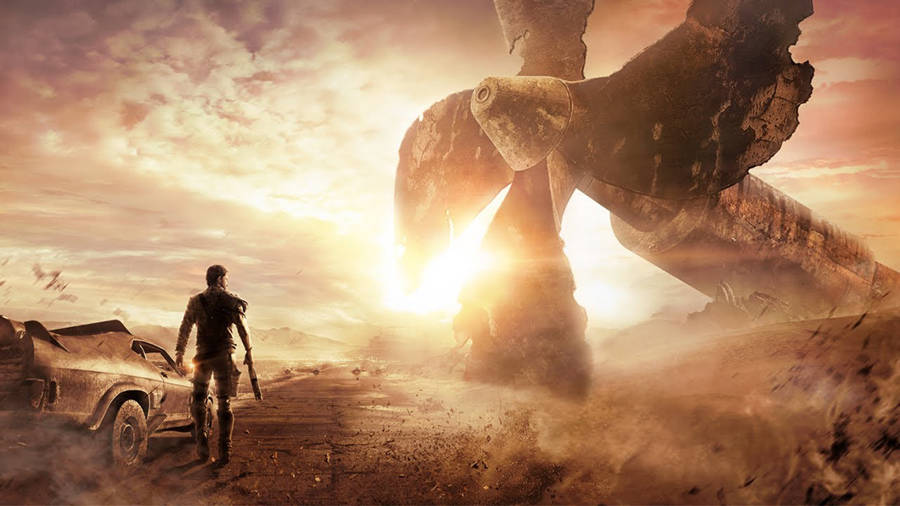

Anno 1404 has a healthy progressive history; each game is larger than the last and in some way improving upon what was done before. It is the developer’s claim that the number of people onscreen constructing a cathedral outnumbers the total number of people onscreen in the last game for an entire city. And you know something: they are quite right about that.
The newest addition to the Anno family is huge. More than huge - it is gigantic in scale. 1404 was redesigned across the board to provide a gaming experience that is grand, involving and deeply immersive. The entire graphics engine was overhauled which may explain the recommended system requirements. These are very substantial for a game of this nature but if players have the resources to max every setting out, they will only really spot it on the autosave which drags on somewhat.
Cloud cover and a dynamic weather system play their part in 1404, as does a full cloth system that causes material to flutter realistically in the breeze. Building and unit detail have been scaled up to the point of madness and background scenery and resources like trees have all had the same treatment. These little touches will perhaps go unnoticed by some but they lend an air of completeness to a civilization builder that has not been seen for some time.
Shadows also have their role to play in Anno 1404. While 1404 appears to lack a complete zoom function that will bring the player face-to-face with a townsperson, it does get close enough to the action to cause a bit of a lump in the throat. Everything down there just looks so darned pretty.
The ocean is another wonder. There won’t be any monstrous storms happening along unless you are really unlucky, but watching a trading boat glide through the sea and actually seeing the differences in depth is quite a feat. The way that ships cause a wake as they pass and the way the ocean looks lapping at the shore is another testament to the level of detail Related Designs have included in the game.
Settlers in your city (or cities) sort themselves out for the most part, requiring less micromanagement, unless that is your thing. Players will be unable to select most of the humans moving about on day-to-day tasks. The few exceptions are those who are needed by or for a quest.
Effective planning is the mainstay of Anno 1404. Learning where to construct homes and industry, when to expand upon territory and how to maximize resource usages are the major draw cards in Anno. It is all very well to build fast and expand but players run the risk of overreaching themselves. Each building is a drain on funds and the ideal goal is to make sure that each building is paying for itself and perhaps generating profit.
Thankfully, when constructing a new building that will serve a surrounding area, the effective area of coverage is shown before the building is placed. There are a series of units and buildings available, all of which reflect the time-frame 1404 is set in. Agriculture and viniculture will be the player’s main supporters of the population along with the lumber and fishing industries. These are best constructed carefully at the beginning of a level so that some buildings do not become redundant and a drain on funds.
Making contact with the new Oriental culture allows for further advancement of your towns and cities. Once a player’s people have reached citizen level, they desire spices and entertainment. The entertainment can be taken care of locally but making contact (diplomatically of course) with the Oriental culture allows for eventual spice production and further upgrades of your people and dwellings. The requirements and citizen classes elevate dramatically and it is usually at this point that most players overextend; trying desperately for nobles in one spot while hemorrhaging money from the peasants, however, does sound about right.
Anno 1404 makes use of randomly generated maps that provide subtle differences to play each time a game is started. Some minerals and resources will be missing in some areas, prompting a need for trade relations or colonization of outlying areas to properly advance through the game. Even during a wholly custom game, Al factions will provide quests for the player to embark upon, usually for a gold reward. The trickle of gold from these quests can sometimes make the difference between solvency and insolvency. There appears to be no set pattern for the quests except in the main single player mode, where the main quests must be completed to advance.
Game difficulty has been touched up as well as all the visual and game size tweaks. Coming in three flavors of difficulty, Easy is a cakewalk for players with no external threats to speak of, while Hard has players battling Corsairs in order to keep the trade route profitable. The Medium setting resides between these two, with a little danger and the odd hazard to contend with.
It is difficult to think the developers could have improved Anno 1404. It remains a game for the patient but it is a tad more forgiving of newcomers than previous games were. At times 1404 calls to mind the older Sierra games of the same genre, like Caesar 3 or Pharaoh. There is the same sensation that you will be playing it for hours until the sun comes up and reminds you that you need to be at work as soon as possible.




 Mad Max Guide - How To Get Scrap Metal Fast
Mad Max Guide - How To Get Scrap Metal Fast The Top 5 Reasons Why You Should Play Heroes of the Storm!
The Top 5 Reasons Why You Should Play Heroes of the Storm! Metal Gear Solid 5: The Phantom Pain Episode 1 – Phantom Limbs
Metal Gear Solid 5: The Phantom Pain Episode 1 – Phantom Limbs Saints Row IV Achievements & Trophies Guide
Saints Row IV Achievements & Trophies Guide . Plays March 25, 2012
. Plays March 25, 2012